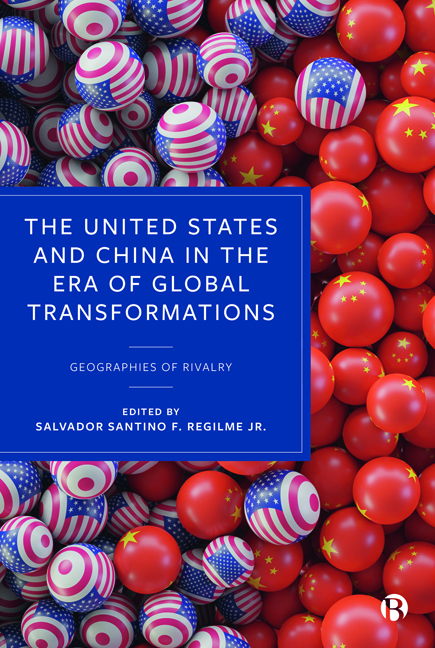3 - Southeast Asia and the Militarization of the South China Sea
Published online by Cambridge University Press: 28 March 2024
Summary
Introduction
One of the greatest puzzles in the academic study and contemporary practice of international politics is whether the rise of China, as a re-emerging global power, would be peaceful amidst the perception of declining US dominance (Christensen 2006; Mearsheimer 2006; Starrs 2013; Monteiro 2014: 122–126; Regilme and Parisot 2017a; 2020; Regilme and Hartmann 2018). Considered as the “most important rising power” (Hameiri and Jones 2015: 3), China, with its expanding sphere of influence in world politics, will “undoubtedly be one of the great dramas of the twenty-first century” (Ikenberry 2008: 23). Despite the countervailing discourses from some Chinese political elites who advocate a more pacifist tone, some Western scholars, pundits, and policy makers warned that China’s political ascendancy is inevitably dangerous (Mearsheimer 2006; Regilme 2019; Regilme and Parisot 2020). This sense of insecurity is felt more increasingly in the Southeast Asian region, where many of the smaller countries have traditionally depended upon the US leadership and security guarantees. The South China Sea (or the SCS hereafter)—a marginal sea area that is partially surrounded by Northeast (China and Taiwan) and Southeast (Malaysia, the Philippines, Brunei, Indonesia, Singapore, and Vietnam) Asian countries—has become one of the most visible maritime geographic spaces of conflict in the region. In Southeast Asia, four out of ten countries therein are active claimants of a part of the SCS region: Vietnam, the Philippines, Malaysia, and Brunei.
As one of the world’s highly militarized site of inter-state territorial conflicts, the SCS is economically significant for the global economy primarily because a large chunk of annual world trade output passes through this maritime area. The US interest in the dispute is discursively sold as about “ensuring freedom of navigation,” considering that “half the world’s commercial shipping passes through the SCS—$5 trillion a year—and US warships regularly transit the region on their way to and from the Persian Gulf, Southwest Asia and the Indian Ocean” (Spitzer 2012: 8). The UN Conference on Trade and Development emphasizes the economic significance of the SCS, because nearly 60 percent of maritime trade comes through the Asia-Pacific, and at least one-third of the global trade needs to pass through the SCS ( Jennings 2021: 6).
- Type
- Chapter
- Information
- The United States and China in the Era of Global TransformationsGeographies of Rivalry, pp. 47 - 72Publisher: Bristol University PressPrint publication year: 2023



